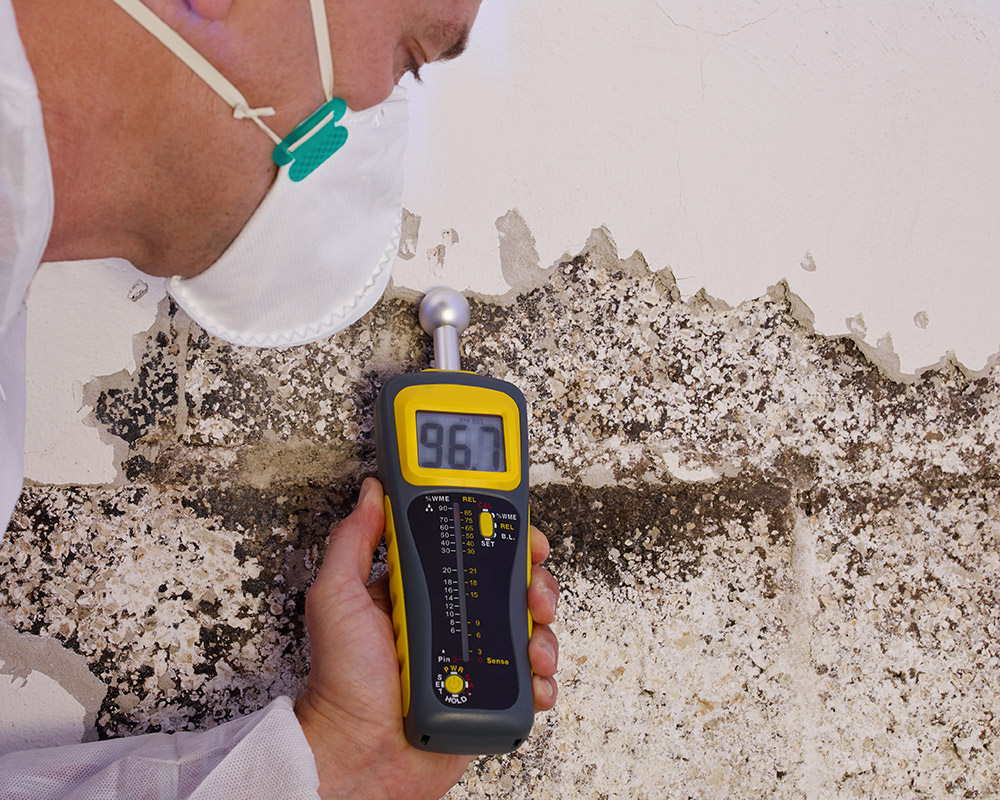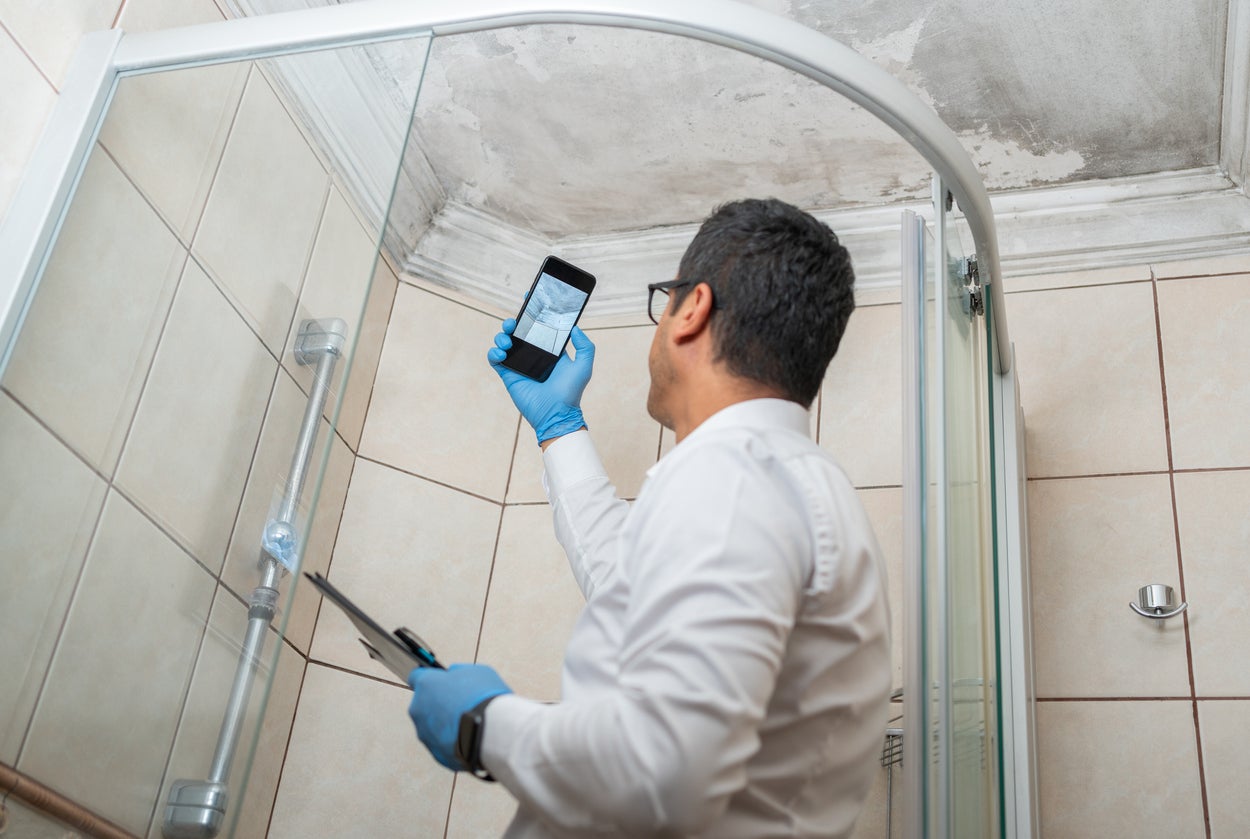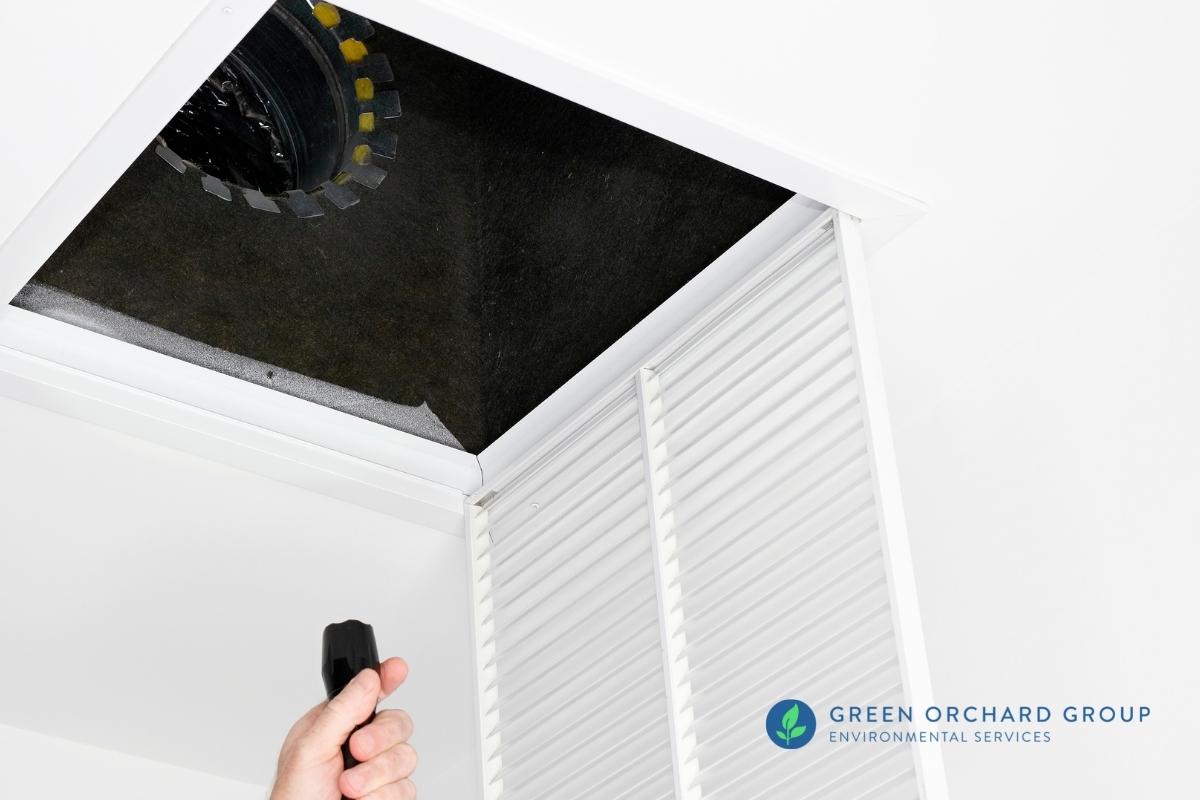Effective Post Mold Remediation Cleaning Protocols
Effective Post Mold Remediation Cleaning Protocols
Blog Article
Your Ultimate Overview to Article Mold Remediation Techniques
Browsing the realm of post-mold removal methods is a meticulous procedure that requires focus to information and a detailed understanding of the ins and outs entailed. In the after-effects of mold invasion, knowing just how to properly eradicate the mold and mildew and stop its reoccurrence is paramount for preserving a healthy indoor atmosphere. From selecting the right cleansing and sanitizing techniques to applying techniques for long-lasting mold prevention, each action in the removal journey plays an essential function in ensuring an effective outcome. As we start this expedition of post-mold remediation methods, we will certainly reveal the key methods and best practices that can help you recover your room to its pre-mold problem and guard it against future mold and mildew risks.
Understanding Post-Mold Remediation Process
After completing the mold and mildew remediation procedure, it is important to understand the post-mold remediation techniques that are required to guarantee a extensive and reliable clean-up. Once the mold has been removed, the following step entails cleaning and sanitizing the affected locations to avoid any kind of regrowth of mold and mildew. This includes using specialized cleansing agents to wipe down surface areas and eliminate any type of remaining mold spores. It is important to dry the location completely to discourage the development of mold and mildew in the future (Post Mold remediation cleaning). Appropriate air flow and dehumidification can assist in this process.
Furthermore, carrying out a final examination post-remediation is vital to make sure that all mold and mildew has been efficiently eradicated. This assessment ought to include a comprehensive aesthetic check in addition to potentially air tasting to confirm the lack of mold and mildew spores airborne. If the evaluation discloses any type of remaining mold and mildew, additional remediation may be required. Lastly, educating passengers on preventive measures such as controlling wetness degrees and promptly dealing with any type of water leaks can aid maintain a mold-free environment.
Reliable Cleaning Up and Disinfecting Approaches

Stopping Future Mold Development

Relevance of Appropriate Ventilation
Correct air flow plays an important function in preventing wetness accumulation, a crucial consider mold and mildew growth within interior atmospheres. Efficient air flow systems help get rid of excess humidity from the air, lowering the possibilities of mold spores locating the wetness they require to germinate and spread out. Without sufficient air flow, indoor areas can become a reproduction ground for mold, causing potential health and wellness risks and architectural damages.
By making sure appropriate air blood circulation, air flow systems can also assist in drying damp areas quicker after water damage or flooding events, even more deterring mold and mildew growth. Post Mold Remediation. In rooms like bathrooms, basements, attic rooms, and cooking areas where dampness degrees tend to be higher, installing and preserving efficient air flow systems is important in protecting against mold and mildew infestations

Surveillance and Upkeep Tips
Offered the vital duty that appropriate air flow plays in protecting against mold growth, it is necessary to establish efficient tracking and upkeep ideas to make certain the look at this now ongoing capability of ventilation systems. Monitoring humidity degrees within the residential or commercial property is also vital, as high moisture can add to mold growth. By remaining alert and positive to the condition of ventilation systems, residential or commercial property owners can efficiently reduce the risk of mold and mildew regrowth and keep a healthy and balanced interior atmosphere.
Conclusion
In conclusion, post-mold removal methods are necessary for making certain a safe and tidy atmosphere. Understanding the process, applying efficient cleaning and decontaminating techniques, protecting against future mold and mildew growth, keeping appropriate ventilation, and normal surveillance are all vital action in the removal process. By adhering to these standards, you can effectively eliminate mold and mildew and prevent its return, functioning or promoting a healthy and balanced living space for all owners.
In the consequences of mold problem, understanding just how to efficiently get rid of the mold and prevent its reoccurrence is extremely important for maintaining a healthy and balanced indoor atmosphere. As soon as the mold and mildew has been eliminated, the following step entails cleaning and disinfecting the impacted locations to avoid any kind of regrowth of mold - After mold remediation. After eliminating visible mold and mildew development, it is important to cleanse all surface areas in the affected area to remove any click here to find out more kind of remaining mold spores. To even more boost mold and mildew avoidance measures, it is vital to attend to underlying concerns that initially led to mold development.Provided the important duty that appropriate ventilation plays in stopping mold and mildew development, it is vital to develop effective monitoring and maintenance suggestions to guarantee the ongoing capability of air flow systems
Report this page